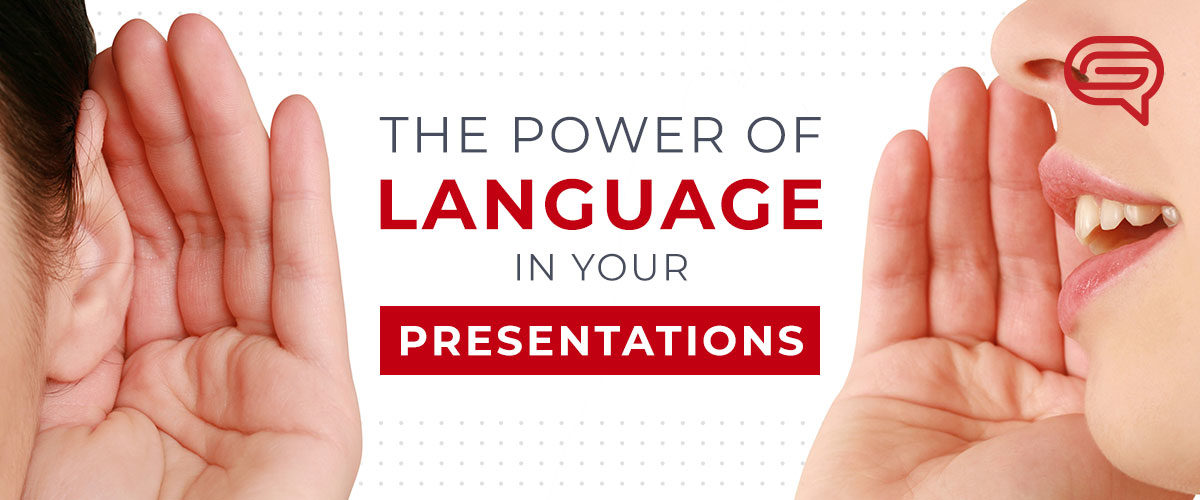Guy Kawasaki is a successful venture capitalist who has been writing books about the trade since 1987.
A few years back, he wrote a short blog advocating a simple rule for PowerPoint & pitch deck presentations. He called it the 10/20/30 Rule of PowerPoint.
According to the 10/20/30 rule:
…a PowerPoint presentation should have ten slides, last no more than twenty minutes, and contain no font smaller than thirty points.
Kawasaki came up with this quick presentation style due to his line of business, citing how he’d often listen to dozens of pitches in a short period of time.
However, even if you’re not in the venture capital business, the 10/20/30 rule can still be applicable to your goals.
Given people’s increasingly shortening attention spans, keeping your presentation compact can save all of you time while still getting the meat of your message across.
Here we expound on each of Kawasaki’s points. But first, the 10/20/30 Rule in his own words:
Rule #1: 10 Slides
Kawasaki pointed out that it’s challenging to comprehend more than ten concepts in a meeting.
Most people assume that you need to be highly detailed in order to be impressive, but this isn’t always the case.
The 10/20/30 rule also suggests that you use the ten slides to tackle all the topics important to your audience. For a venture capitalist, these topics are the following:
- Problem
- Your solution
- Business model
- Underlying magic/technology
- Marketing and sales
- Competition
- Team
- Projections and milestones
- Status and timeline
- Summary and call to action
Use this list as a guide when you’re trying to condense your presentations into neat, salient points.
Depending on the type of presentation you’re giving, you can tweak these to fit your purpose, but try to keep your slides to a minimum, with a visible flow like the one above.
Rule #2: 20 Minutes
You should be done with your ten-slide presentation in twenty minutes.
Kawasaki would often allot an hour to hear an entrepreneurial pitch, but most of the time gets lost in other things. (For instance, your laptop might take a while to sync with the projector.)
Emergencies might also pull your audience away from the meeting. It’s best to keep your presentation short so that you’ll also have time to address questions and other concerns.
Rule #3: 30-pt Font Size
Kawasaki observed that the only reason people used smaller font sizes is to be able to cram huge chunks of text into a slide.
In doing so, your audience may perceive that you’re not familiar with the material and that you’re using the PowerPoint as a teleprompter.
The 10/20/30 rule forces you to use a larger font, so you can cut back on unnecessary details. Remember: you’re the one who has to do the talking, not your PowerPoint presentation.
10 slides in 20 minutes using a font no smaller than 30 points. Easy enough, right?
Are You Looking for a custom-designed PowerPoint Pitch Deck? Schedule a FREE presentation consultation now!
Featured Image: Lostium Project via Flickr











